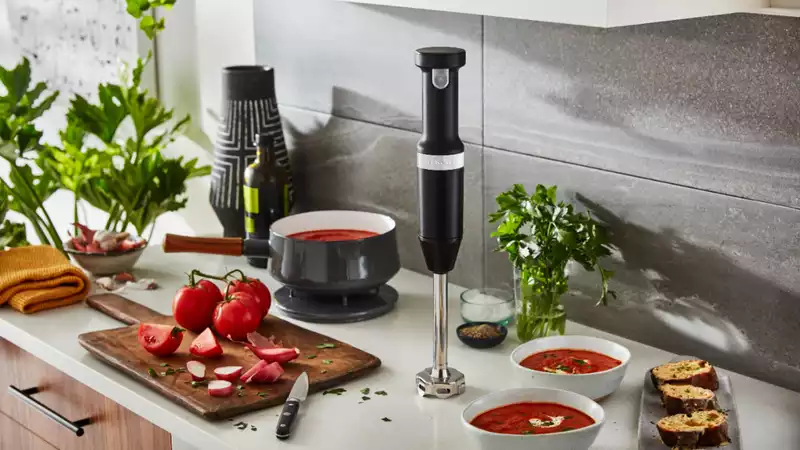Since the introduction of cordless vacuum cleaners, a variety of alternative appliances have cut the cord, so to speak. Cordless vacuum cleaners offer added convenience by providing the same performance without the obtrusive cables, and six years of product testing have shown that the design is hit or miss for different types of appliances. So which one should you buy? Here's the truth about cordless appliances.
Cordless vacuum cleaners are the most popular cordless appliance, and for good reason. You don't realize how annoying it is to walk around dragging cables and looking for a new outlet in each room until it's gone. Not only that, but cordless vacuums are designed to be much lighter than corded models, making them smaller and quicker to use.
Cordless vacuum cleaners were originally designed to suck up small spills. However, they have now proved so popular that some people want a design that provides enough power and time to cover the entire house. Cordless vacuum cleaners have come a long way since their introduction.
I was skeptical when cordless hand mixers and blenders were first introduced, but was pleasantly surprised once I started using them. The lack of a cord means that they can be easily moved around the bowl, giving me the freedom to work wherever I want in the kitchen. When I was using a hand mixer with a cord, I had to work on the stove top because the length of the cable would get caught on the plug point. With the cordless model, I had no such problem.
Power was a concern, but these designs are adequate for everyday tasks. For difficult recipes or labor-intensive mixes like fruitcake, a corded mixer might be a better choice. Otherwise, I was converted.
As for mini choppers, which usually feature compact designs, you might think that the loss of the cord would not change much in terms of convenience, but it actually does. No more carrying food from the kitchen to the chopper and making a mess. You can prep the food and put the fruits and vegetables straight into the chopper.
These appliances are designed to handle smaller chopping tasks, such as pureeing onions or hummus. As such, they are capable of operating on battery power. However, they may struggle more than corded models when used to chop nuts and other hard foods.
When I first tried the cordless personal blender, I had high hopes but was unfortunately disappointed. It clogged easily, and even when it did work, it could not completely blend hard ingredients such as leafy greens, nor could it crush raspberry seeds. While it was fine for making quick soft fruit smoothies, we were not satisfied with its performance otherwise. The battery drained quickly.
Blending ingredients requires a lot of power, depending on what you use. For this reason, the cordless personal blender has not yet reached that level. Although they claim to be convenient, they may produce smoothies that are full of lumps. Only buy one if you drink soft fruit smoothies most of the time.
You might think a cordless iron is a great idea. A cord makes it difficult to iron at the right angle. A cord can also cause you to trip or have a cord dividing part of the room. Cordless irons essentially charge on the base and, once ready, can be used until they need to be charged again; they are great for first- or second-time cleaning, but they lose heat quickly and can be counterproductive.
When testing one, I found myself getting more and more impatient as I repeatedly recharged it. Furthermore, it took longer than necessary to iron a simple shirt. In a nutshell, that's why cordless irons are a waste of money.










Comments